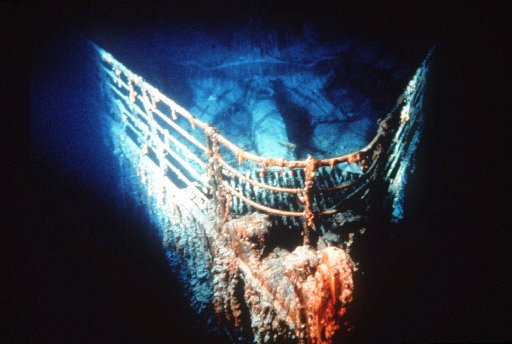Do you have a spare $60,000?
If so, you may be able to buy an eight- to 10-hour round trip on a tiny submersible to the bottom of the Atlantic Ocean to see the wreckage of the "unsinkable" Titanic.
Well, actually, that price includes not only the dive but also a two-week cruise.
Still, that's a lot more money than most of us can spend on a vacation, however exciting.
Of course, the Titanic has stirred the public's imagination for decades. The opulent vessel was within a few hundred miles of Newfoundland when it sank on April 15, 1912, on its maiden voyage. It had struck an iceberg.
That tragedy is drawing particular interest now, with the 100th anniversary of the sinking coming up next April.
For those who may be a little superstitious, there was no possible connection between the Titanic's sinking and the United States' dreaded Tax Day -- which usually falls on April 15 as well. The 16th Amendment, which permitted Congress to impose a federal income tax -- was not ratified until almost a year after the Titanic sank, and the April 15 date for Tax Day wasn't established until 1955.
At any rate, the upcoming centennial of the sinking of the Titanic has made evidently quite a few well-heeled individuals willing to hand over the $60,000 required for the cruise and the two-mile dive to what is left of the great ship.
We can understand the fascination with the Titanic. It has, after all, been the subject of a number of books and Hollywood films.
But there is still something deeply ironic about modern sightseers being willing to pay almost any price to see the Titanic. We suspect the more than 1,500 people who died on the ship's first and only voyage would have paid any price never to have boarded it.

